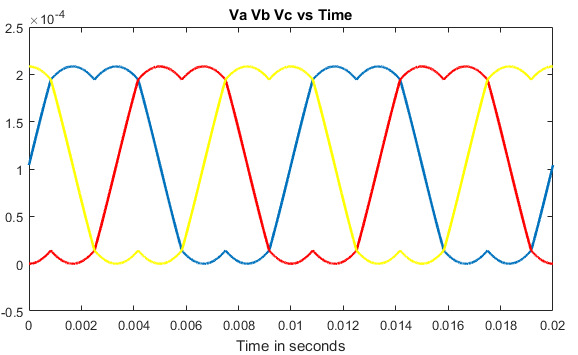Unlock the Precision in Power Electronics Control with Space Vector PWM
The Space Vector Pulse Width Modulation (SVPWM) technique is revolutionizing power control in electric drives and renewable energy systems. SVPWM offers unparalleled efficiency and precise voltage synthesis and control in motor control and power conversion applications. It offers numerous advantages and benefits such as reducing torque ripple to optimizing motor performance.

Moreover, with today’s microcontroller technology, implementing SVPWM has never been easier. By writing efficient code, engineers can unleash the full potential of SVPWM, enabling real-time control and optimization. Whether it’s fine-tuning motor parameters or enhancing grid-tied inverters, mastering SVPWM code unlocks a world of possibilities in power electronics innovation.
You can find my opensource MIT Licensed C Language SVPWM library here: github
Here is how to use in in your Project:
// let it the MCU's hardware counter compare registers is: CCR0, CCR1, CCR2
#include "svpwm.h"
// updatable voltages in Alpha-Beta coordinates:
float NewAlphaVoltage, NewBetaVoltage;
// 1st step: create and initialize the global variable of user data structure
tSVPWM sSVPWM = SVPWM_DEFAULTS;
// 2nd step: do some settings
sSVPWM.enInType = AlBe; // set the input type
sSVPWM.fUdc = 537.0f; // set the DC-Link voltage in Volts
sSVPWM.fUdcCCRval = 255; // set the Max value of counter compare register which equal to DC-Link voltage
sSVPWM.enOutType = centerAligned; //set center aligned PWM output type
...
...
...
// 3rd step: Next code must be executed every time a new calculation of duty cycles is needed
// PWM interrupt / the main ISR
{
...
...
...
sSVPWM.fUal = NewAlphaVoltage; // set a new value of voltage Alpha
sSVPWM.fUbe = NewBetaVoltage; // set a new value of voltage Beta
sSVPWM.m_calc(&sSVPWM); // call the SVPWM duty cycles calculation function
CCR0 = sSVPWM.fCCRA; // update the duty cycle value in CCR0
CCR1 = sSVPWM.fCCRB; // update the duty cycle value in CCR1
CCR2 = sSVPWM.fCCRC; // update the duty cycle value in CCR2
...
...
...
}
Enjoy Reading This Article?
Here are some more articles you might like to read next: